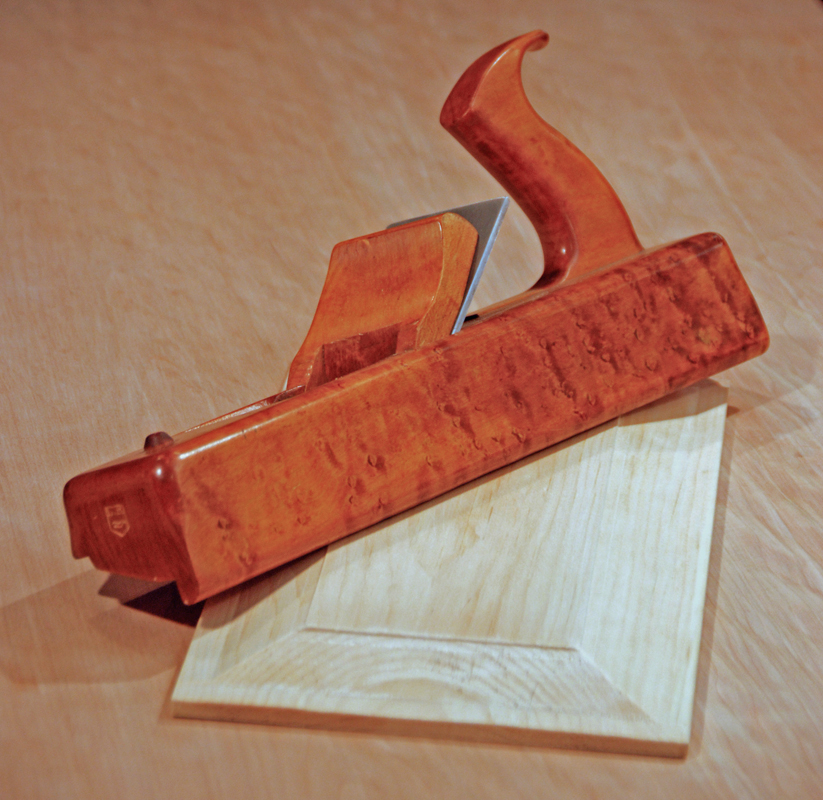Warren, I have the itch to build a raised panel plane, but want to get some idea on historical bevel sizes. I'm requesting your input because I know you make raised panels without the modern flat lip at the bottom of the bevel.
Can you give me an idea of what thickness your bevels are at the edge of a raised panel and how deep the grooves are in the rails on a typical cabinet sized door?
This seems like a rudimentary question, and I guess it is. I just want reasonably handsome proportions, and will probably make a plane with a sliding fence on the bottom (but not the side) so that it's relatively versatile.




 Reply With Quote
Reply With Quote






